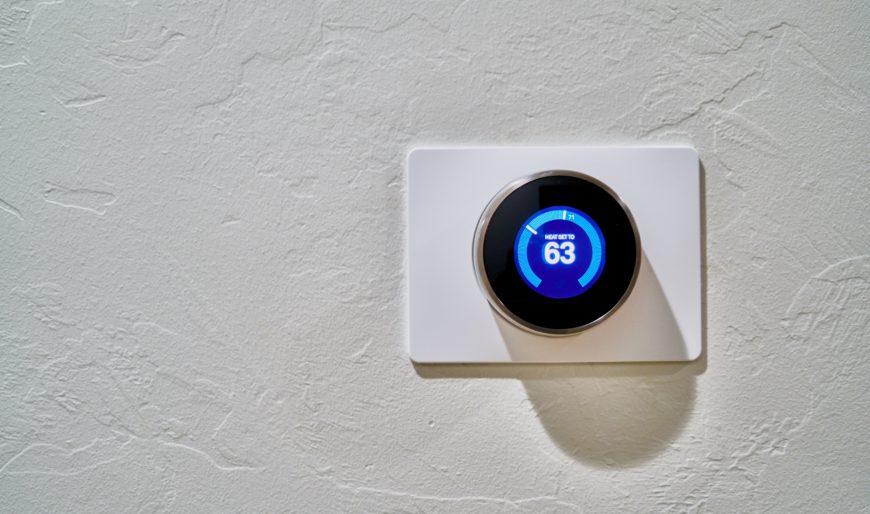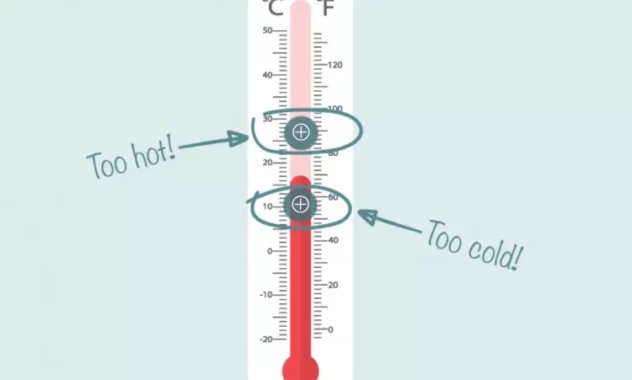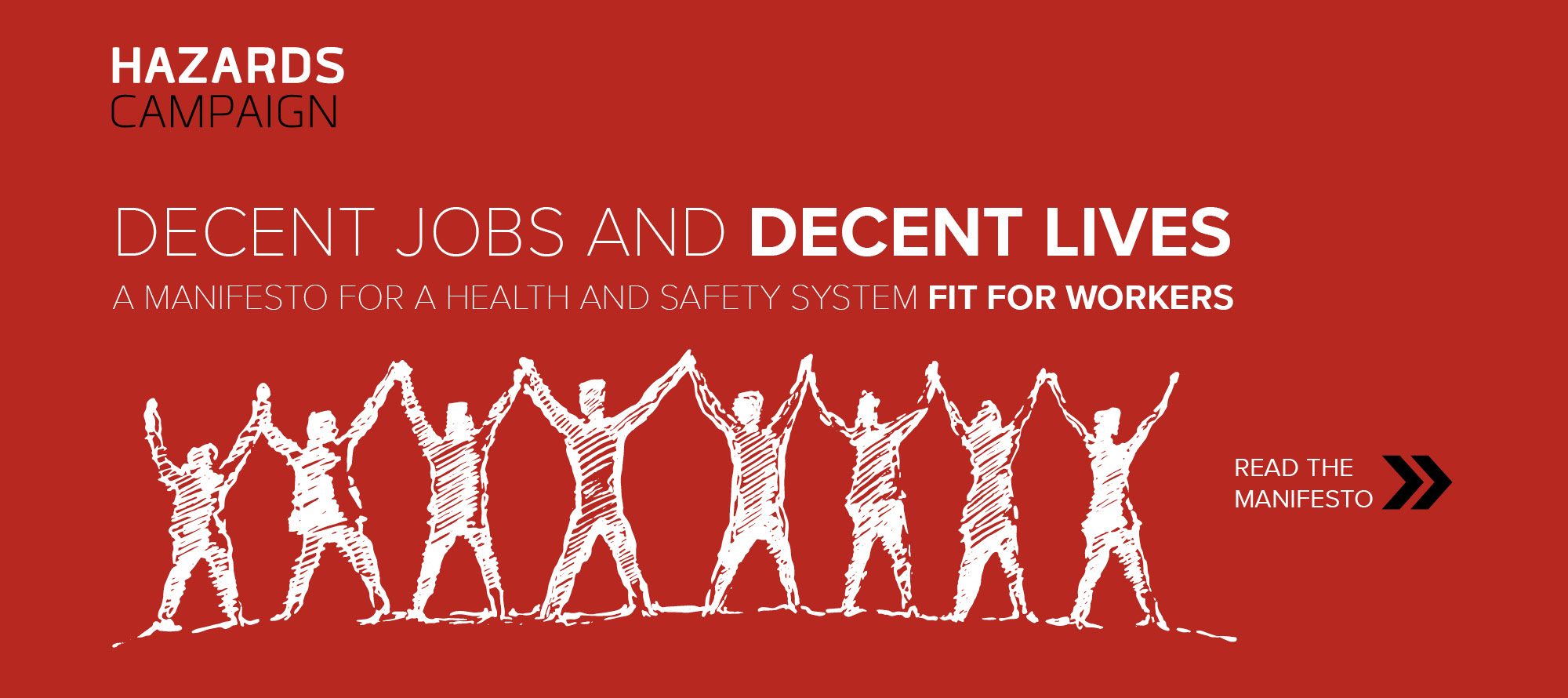Extreme heat: What are my rights at work?
Health and Safety Exectutive (HSE) shares guidance

The Health and Safety Executive has shared guidance on the extreme heat which is currently sweeping the UK, advising that:
- Employers must make sure indoor workplace temperatures are reasonable
- Workers must take care to keep cool
There is currently no maximum temperature for workplaces in the UK, but a number of unions and the TUC have led the call for one to be introduced. The HSE issued the following guidance on Friday 15th July:
Employers must make sure indoor workplaces remain at a reasonable temperature and manage the risk of working outdoors in hot environments, according to the Health and Safety Executive (HSE).
The workplace regulator is sharing guidance ahead of the extreme warm weather predicted for Great Britain at the start of next week.
A heatwave warning is in place until Tuesday (19 July) so HSE is reminding employers of their legal duty to ensure employees can work in reasonable temperatures in indoor workplaces. What is reasonable varies, and will depend upon the nature of the individual workplace.
There is no maximum temperature for workplaces, but all workers are entitled to an environment where risks to their health and safety are properly controlled. Heat is classed as a hazard and comes with legal obligations like any other hazard.
Workers should also take care of their own health and safety and that of others who may be affected by their actions at work.
John Rowe, HSE’s Acting Head of Operational Strategy, said: “With a heatwave warning in place, its vital employers are aware of their responsibility to ensure their indoor workplaces are at a reasonable temperature.
“All workers have a right to a safe working environment and their employers should discuss working arrangements with them.
“If workers have specific queries or concerns relating to health and safety in their workplace, they should talk to their employer.”
There’s no maximum temperature because workplaces with hot processes such as bakeries or foundries would not be able to comply with such a regulation. They use other measures to control the effects of temperature. These other measures should also be used to manage the risk of working outdoors in a hot environment.
Further information
Temperatures in the indoor workplace are covered by the Workplace (Health, Safety and Welfare) Regulations 1992.
In addition, the Management of Health and Safety at Work Regulations 1999 require employers to make a suitable assessment of the risks to the health and safety of their employees and take action where necessary and where reasonably practicable.
Further guidance on the practical steps that can be taken to work safely in hot conditions can be found through the attached links:







